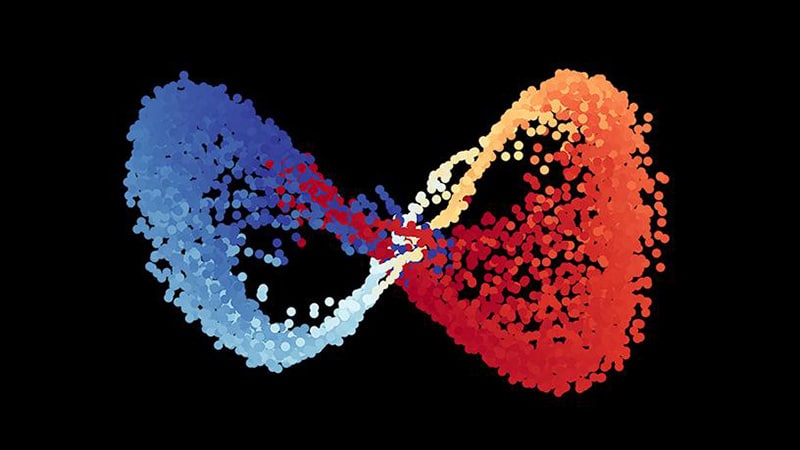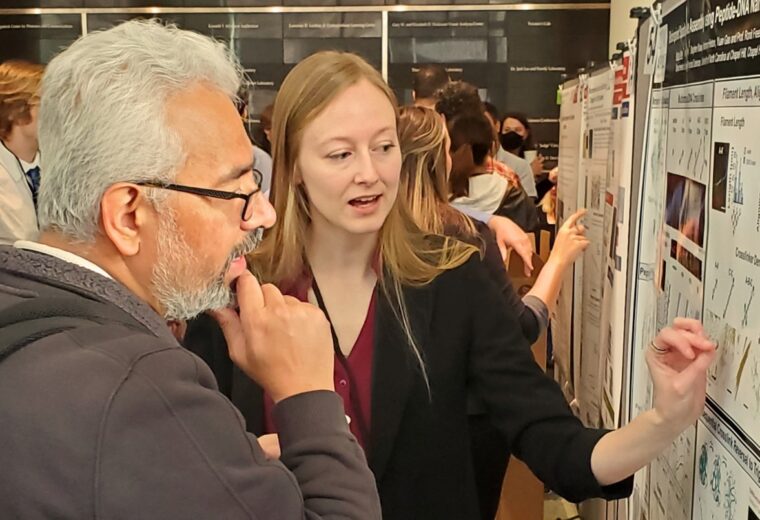
Heat-Proof Chaotic Carbides Could Revolutionize Aerospace Technology
Super-hard, high-temperature, “high-entropy” carbides demonstrate plasmonic properties useful for a wide range of aerospace applications

Super-hard, high-temperature, “high-entropy” carbides demonstrate plasmonic properties useful for a wide range of aerospace applications

Soft surface adapts and reshapes itself to match a wide array of objects and motions

Cryogenic electron microscopy (Cryo-EM) rapidly creates high-resolution images of the smallest pieces of proteins at the atomic level.

This year’s DST Seed Grant winners represent the great potential for significant medical, engineering and scientific contributions to region and nation.

Duke researchers have developed a gel-based cartilage substitute to relieve achy knees that’s even stronger and more durable than the real thing

The AI observes physical phenomena to uncover relevant variables—a necessary precursor to any physics theory

The new Duke MEMS faculty member is developing robots that will help release human creativity

A robot learns to perceive its own physical constraints

The symposium drew 180 from Duke, NC State and UNC-Chapel Hill to discuss polymers, biomaterials and more

Acoustic tweezers manipulate particles and cells with complex sound waves

Pursuing more sustainable alternatives, Duke materials scientist Matt Becker and University of Birmingham colleagues have produced a new form of plastic using sugar alcohols

Moisture opens the vents, rather than electronics